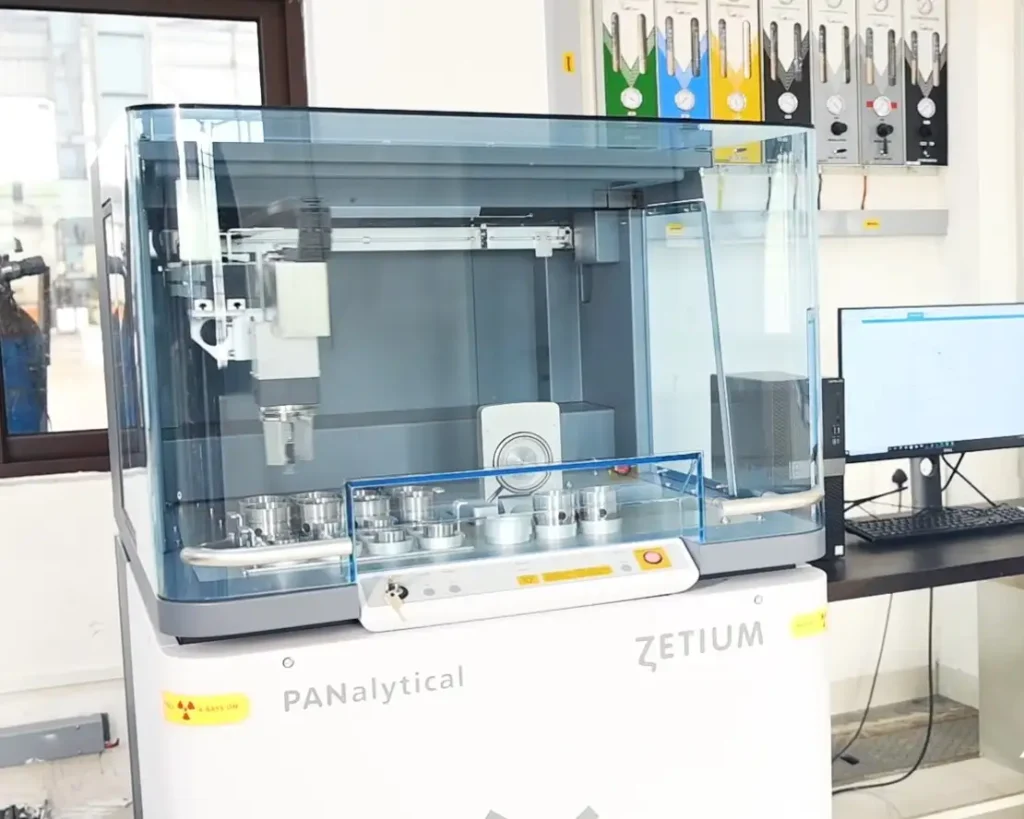Introduction: Steel, the backbone of modern construction and industry, owes much of its versatility and strength to the intricate science of alloy development. Alloying, the process of combining different elements with iron to create steel alloys, is a precise and fascinating science that influences the properties of steel. In this blog post, we embark on a journey to unravel the science behind alloy development in steel, exploring the key elements and principles that contribute to the creation of steels with diverse and enhanced properties.
- The Basics of Alloying: At its core, alloying involves introducing specific elements into iron to modify its properties. While carbon is a fundamental component of steel, alloying elements such as chromium, nickel, manganese, and molybdenum are strategically added to achieve desired characteristics. Understanding the behavior of these elements at the atomic level is crucial to tailoring steel for various applications.
- Strengthening Mechanisms: Alloying elements contribute to strengthening mechanisms in steel. For instance, carbon forms hard carbide structures, enhancing the strength of the steel. Other elements, like nickel and manganese, solidify the steel’s matrix, improving its overall toughness and ductility. A deep understanding of metallurgical principles guides engineers in selecting the right combination of elements to achieve the desired mechanical properties.
- Corrosion Resistance: The development of stainless steel, renowned for its corrosion resistance, is a testament to the science of alloying. Chromium plays a pivotal role in forming a protective oxide layer on the surface of the steel, preventing corrosion. The careful balance of chromium and other alloying elements influences the steel’s resistance to various corrosive environments.
- Heat Treatment and Phase Transformations: Alloying not only influences the composition of steel but also its microstructure. Heat treatment processes, such as quenching and tempering, are employed to control the phase transformations within the steel. These processes result in a tailored combination of hardness, toughness, and other mechanical properties, depending on the intended application.
- Tailoring for Specific Applications: Different industries demand steels with specific properties. Alloy development allows engineers to tailor steels for applications ranging from automotive components to surgical instruments. High-strength low-alloy (HSLA) steels find applications in structural engineering, while tool steels are designed for their hardness and wear resistance.
- Advancements in Computational Modeling: The science of alloy development has benefited from advancements in computational modeling. Computer simulations help predict the behavior of alloys under different conditions, allowing for more efficient and precise alloy design. This interdisciplinary approach, combining materials science with computational modeling, accelerates the development of advanced steel alloys.
Conclusion: In the crucible of alloy development, the science of metallurgy transforms steel into a material with properties carefully tailored to meet the diverse needs of modern applications. The careful selection and proportioning of alloying elements, coupled with an understanding of phase transformations and heat treatment processes, make steel a marvel of materials science. As we continue to delve deeper into the intricacies of alloy development, the potential for creating even more specialized and high-performing steels remains limitless, driving innovation and shaping the future of materials engineering.




